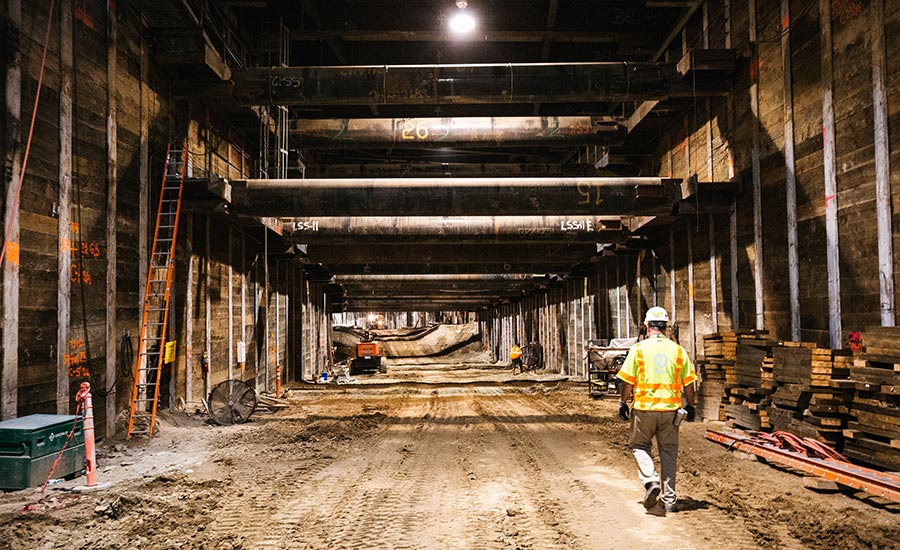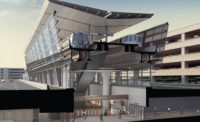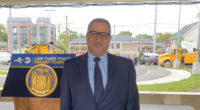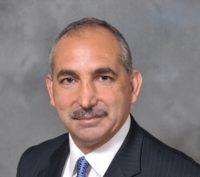ENR interviewed Robert Mitroff, chief planning and development officer with the Bay Area Rapid Transit Authority (BART) for the February 2017 cover story on transit construction trends. These are condensed excerpts from the interview.
We have four or five funding sources – federal, state, and county sources, since BART is four counties, and our own monies. For us, monies from the counties are good, because it's money—but often it is money that is purely serving localized needs. It can be difficult to get [everyone] to focus on system-wide needs like maintenance facilities and train cars. That’s why we need the federal and state program.
Having said that, BART is in pretty good shape financially. We have a high farebox [80%] recovery and three to four operating subsidy. But we have a $10-billion capital program and only half of that is funded from existing sources. What we did in November is get a $3.5-billion bond measure approved, our first in 10 years, and that takes care of a lot of our [state of good repair] needs.
Another issue, as a mature system, is getting work done while providing service. We are a single-track system in each direction—the original sin of our construction. You can’t just shut a line down and operate on a parallel line. We have to get work done during the late night windows or we have to do selective shutdowns over a holiday.
Our big plan is to deliver state of good repair on 90 miles of replaced track and on power infrastructure, a completely new state-of-the-art train control system and replacing all escalators at downtown stations. As far as new work goes, we are winding down two major projects: an extension to Contra Costa and Warm Springs extension civil work. The next big project is a model for the way we should be going forward – building an extension between the southern end of Alameda County into Santa Clara County, outside our district. We came up with a comprehensive agreement with Santa Clara County, contributing construction and station upgrades; they fund their fair share of SOGR needs. And they pay for net operating subsidies.
Phase 2 will run from east San Jose through downtown and to Santa Clara,with two intermodal stations with Caltrain. Atogether we will build 16 miles, which rings the Bay with heavy rail service.






